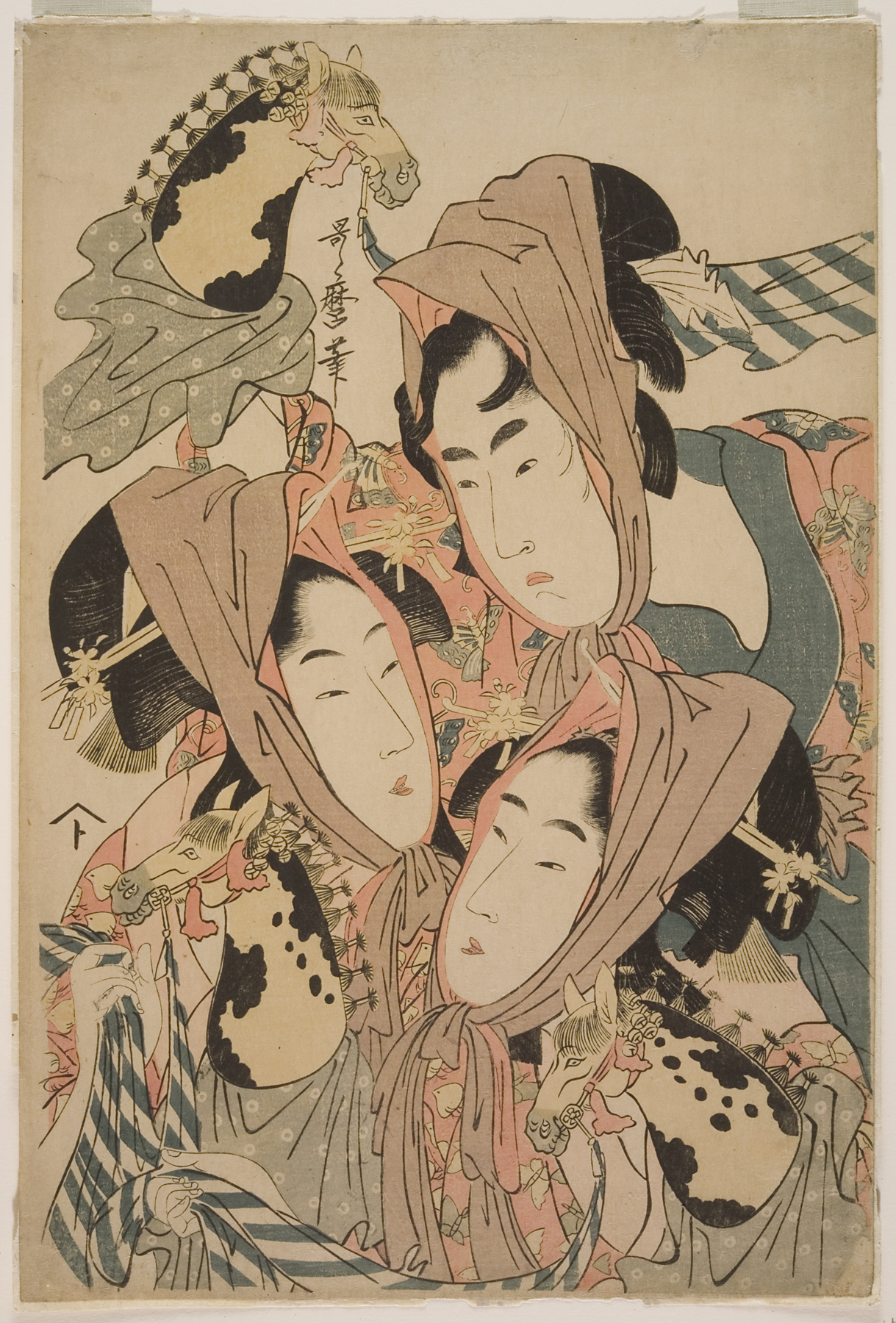Japanese Prints from the Collection
Exhibition Overview

Highlights from the collection provide an overview of printmaking in Japan, from the early 1700s through 1971. Forty-three works on paper include a variety of formats, such as triptychs and other multi-sheet assemblages, a bound book, and a table screen. Most works are examples of the traditional color woodcut techniques popularized in Japan’s Edo period (1615-1868). The images included are of kabuki theater actors, pleasure district courtesans, famous places, historical events and a selection of ghost and demons.
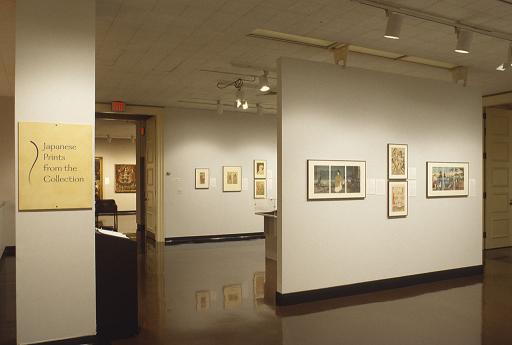
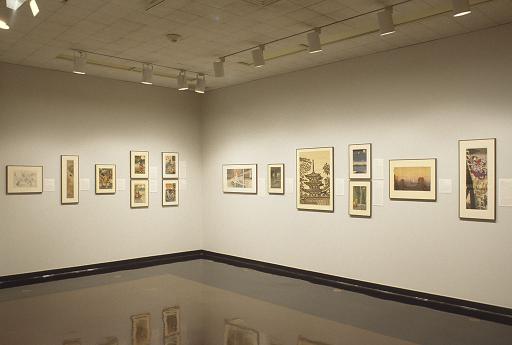
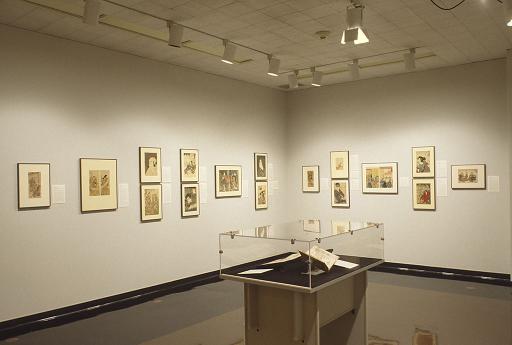
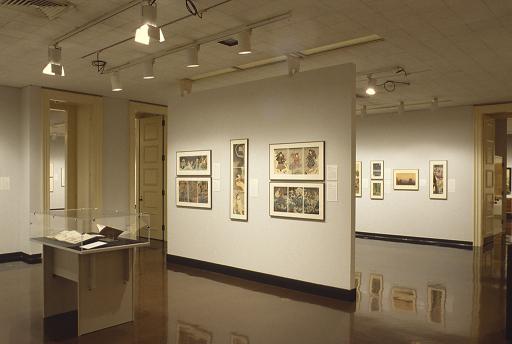
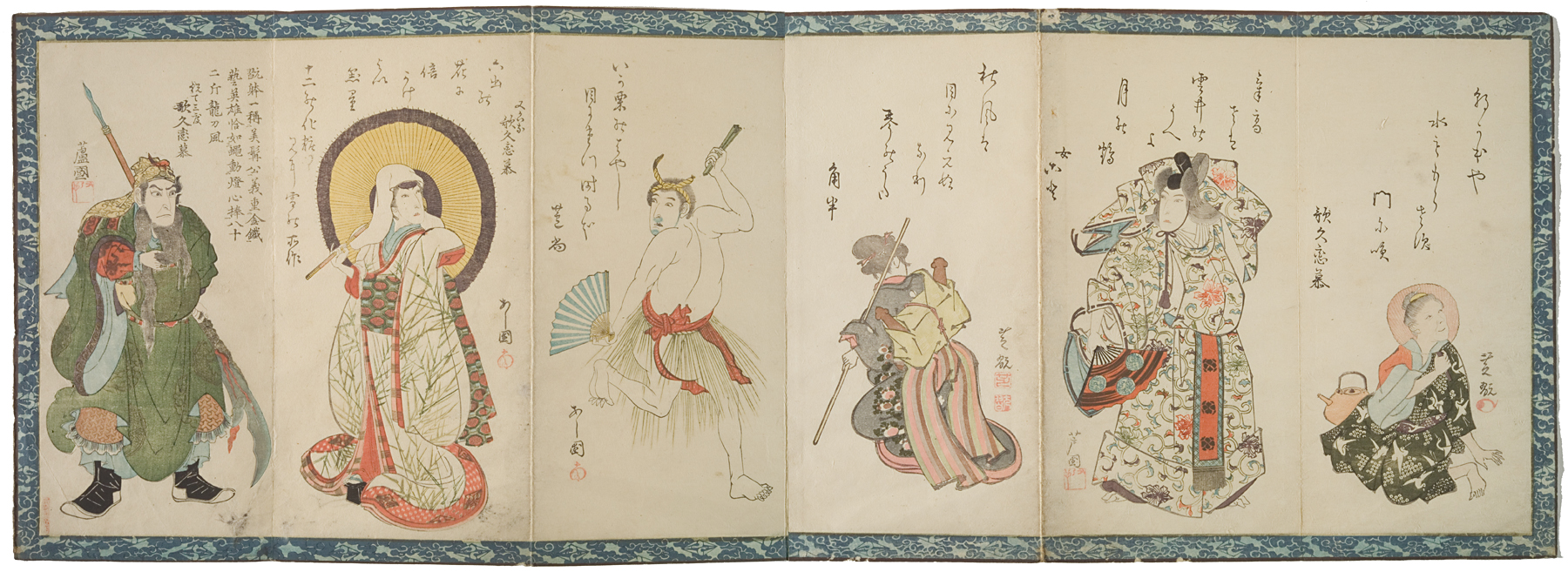

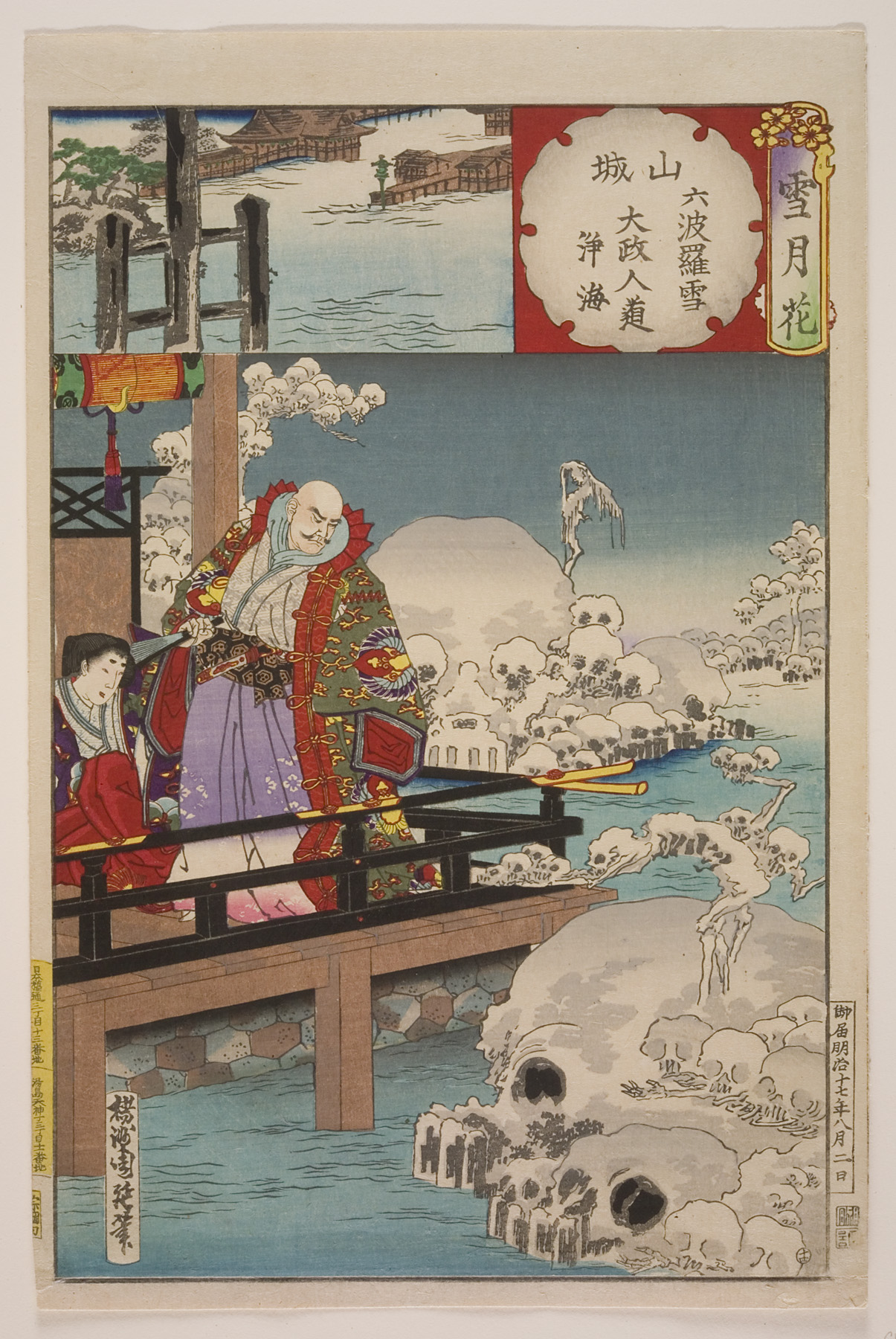

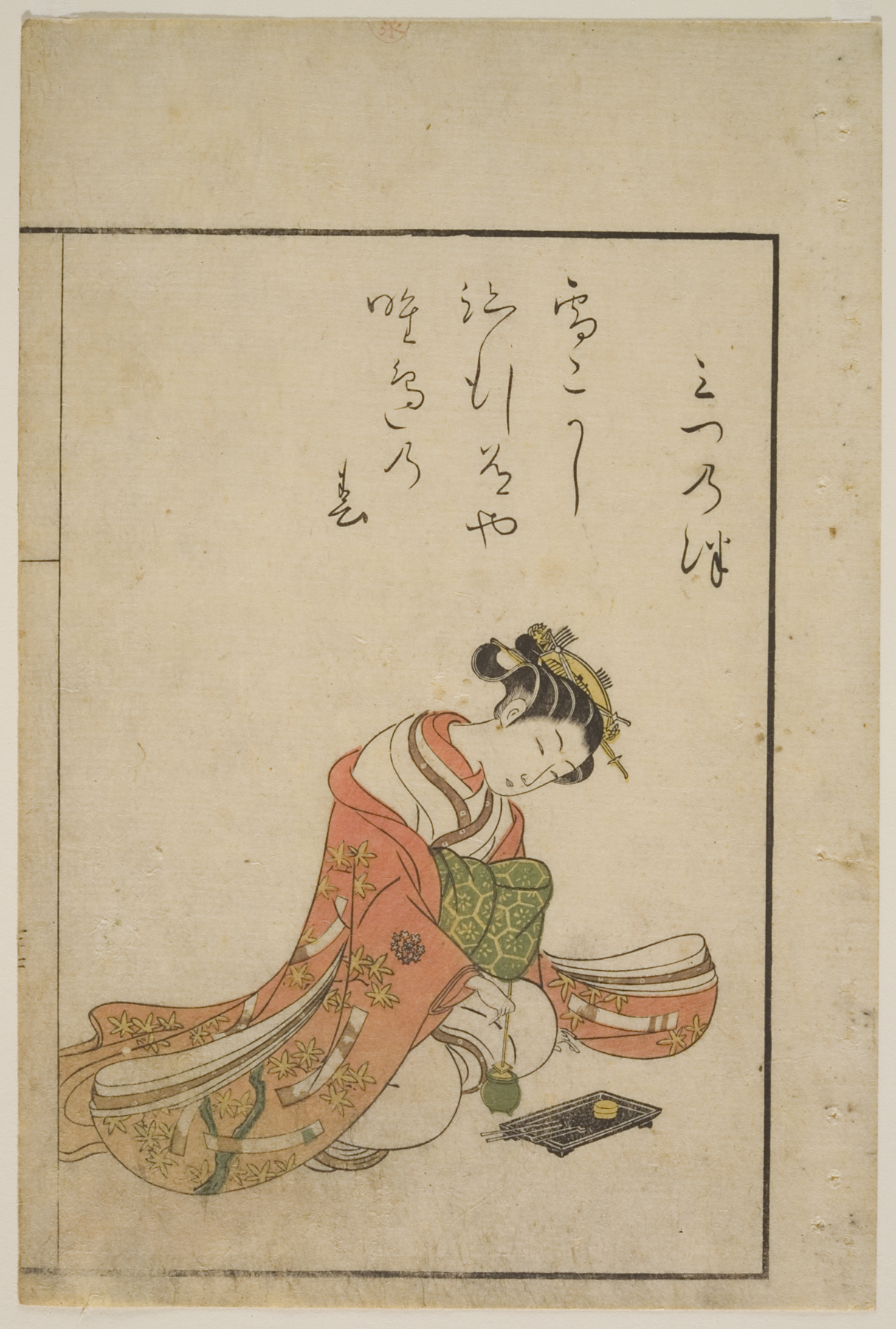

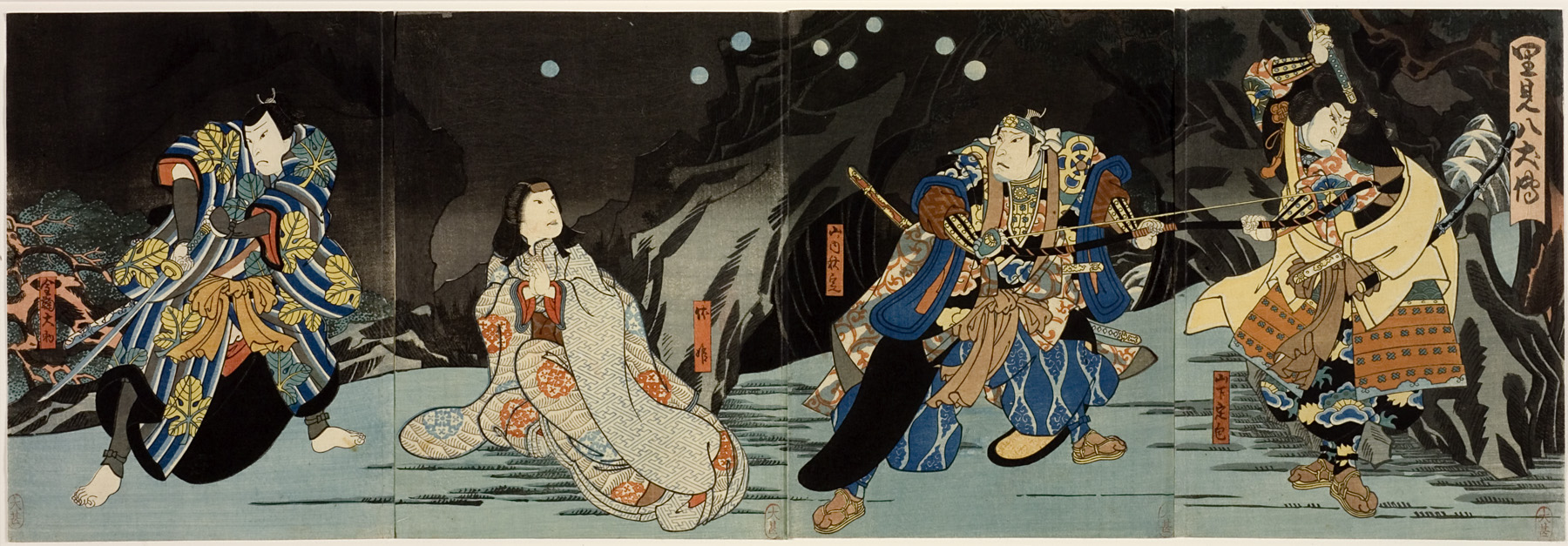
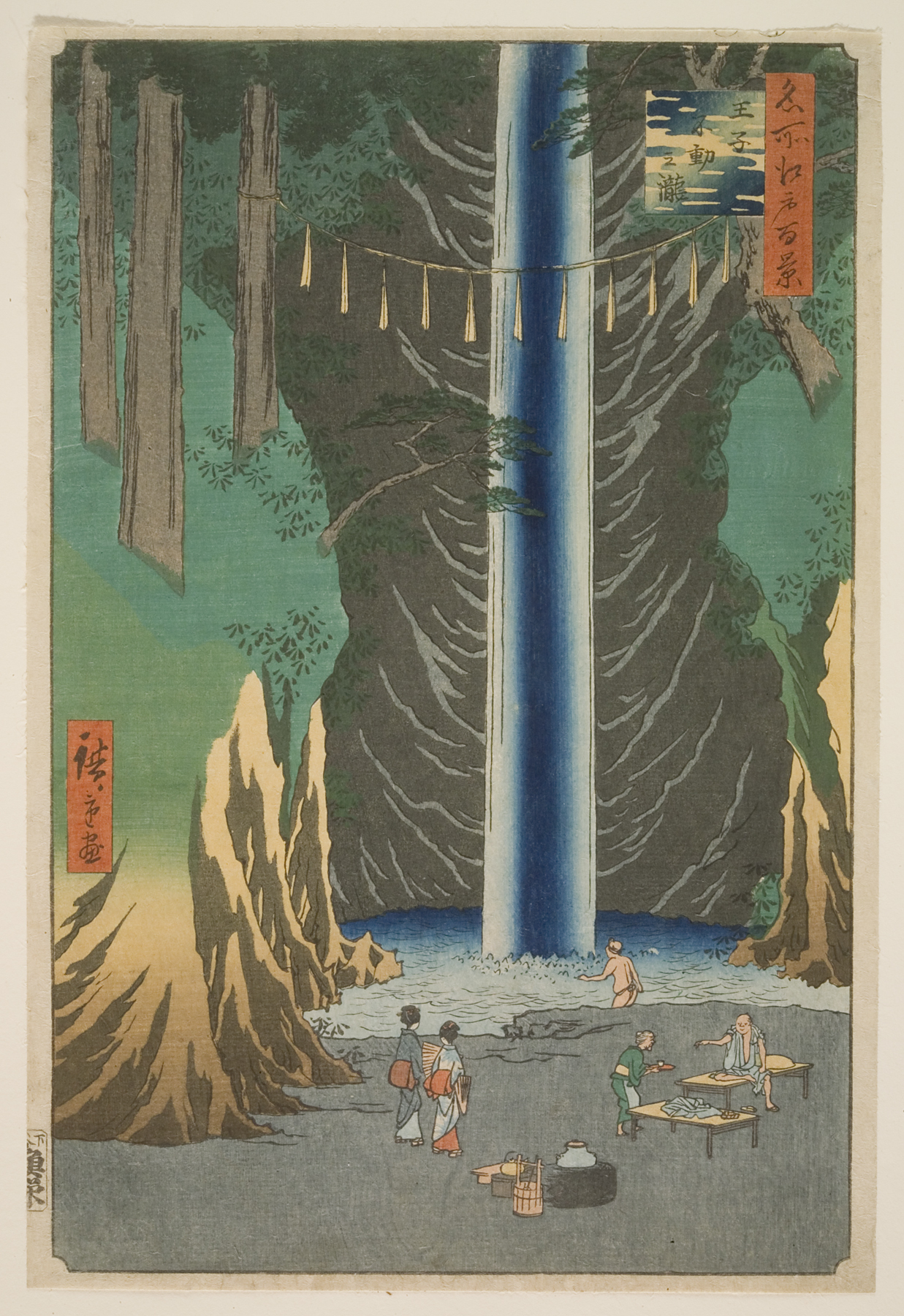

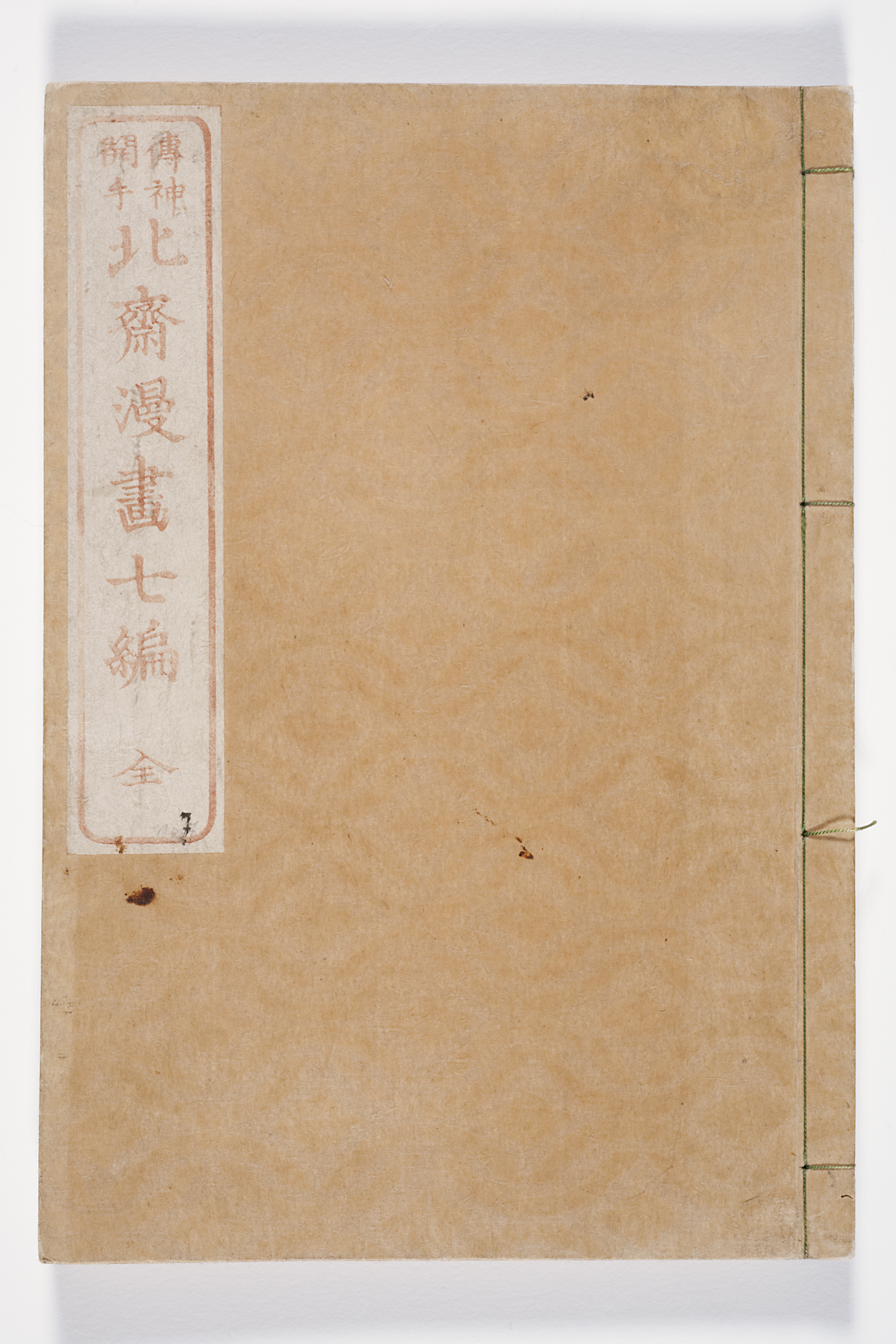

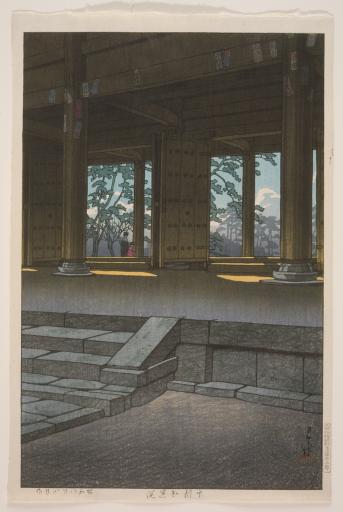
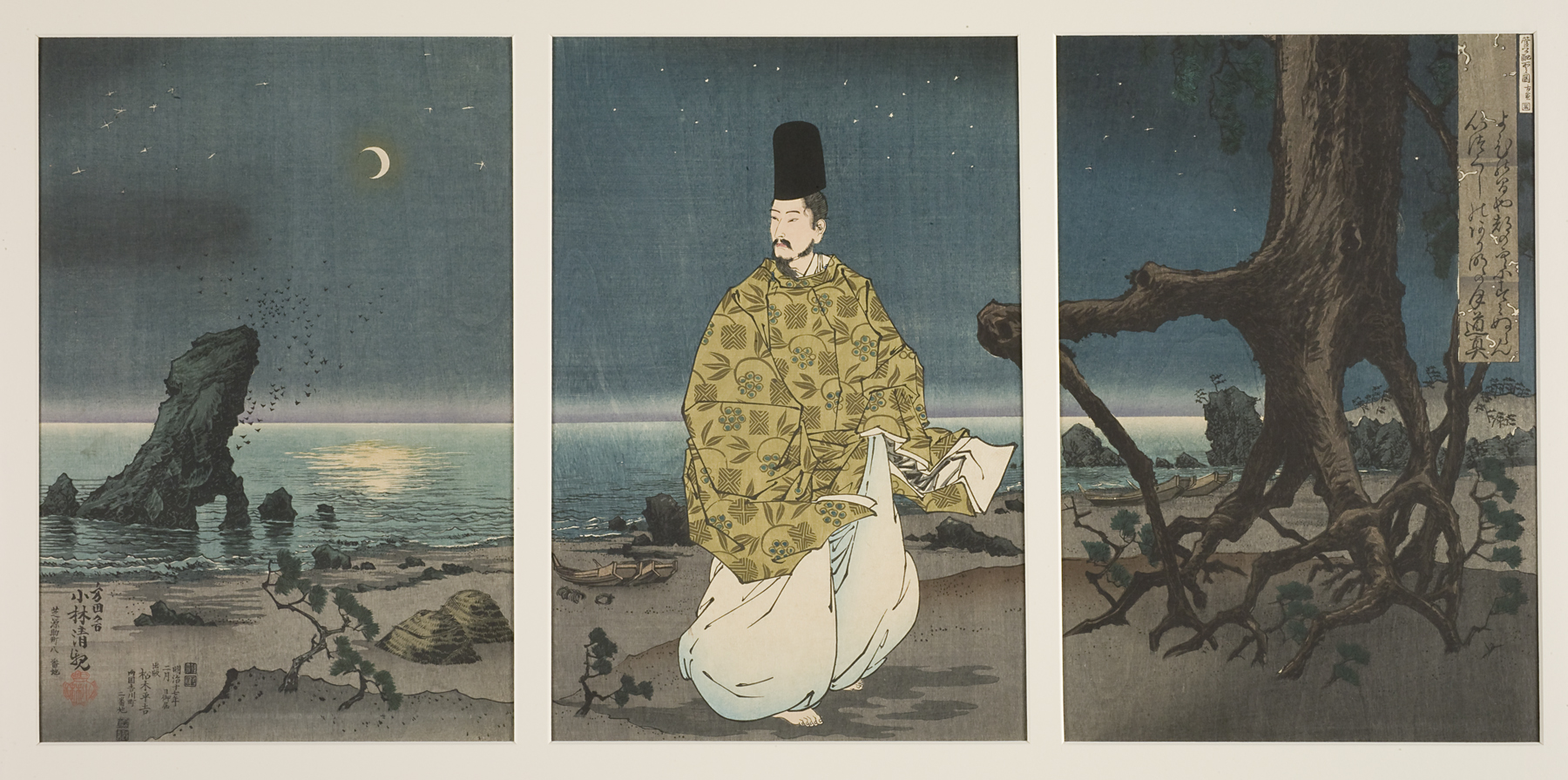


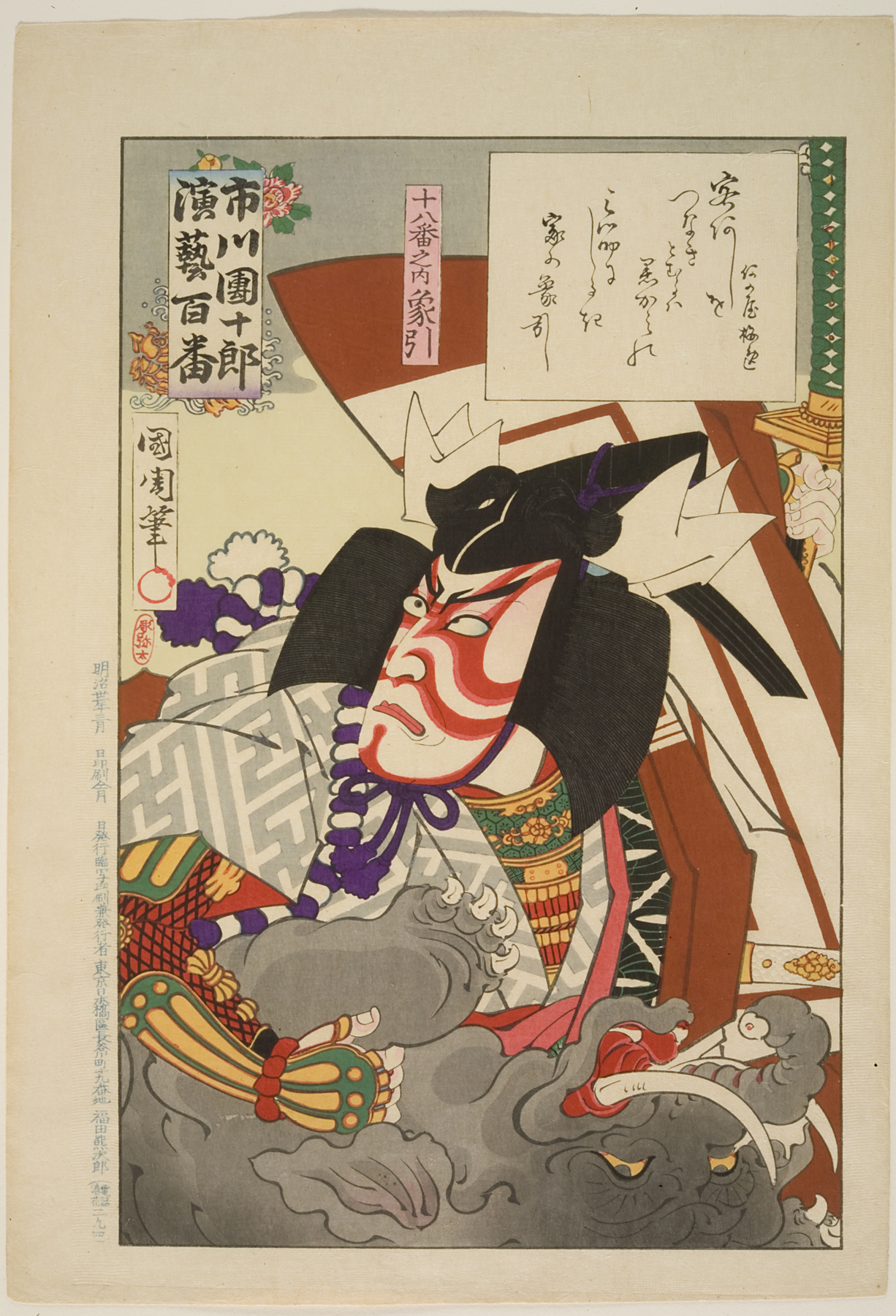

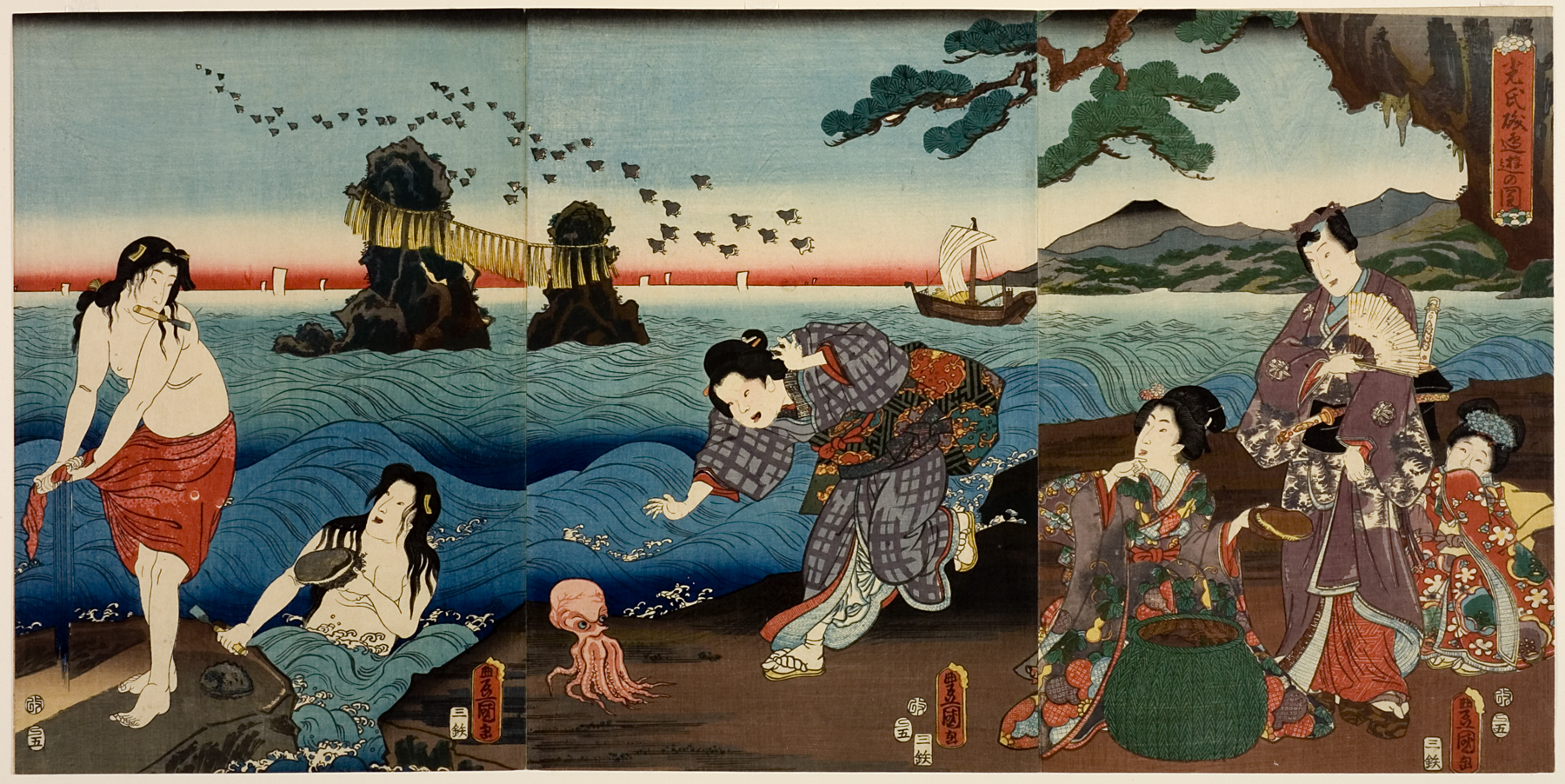
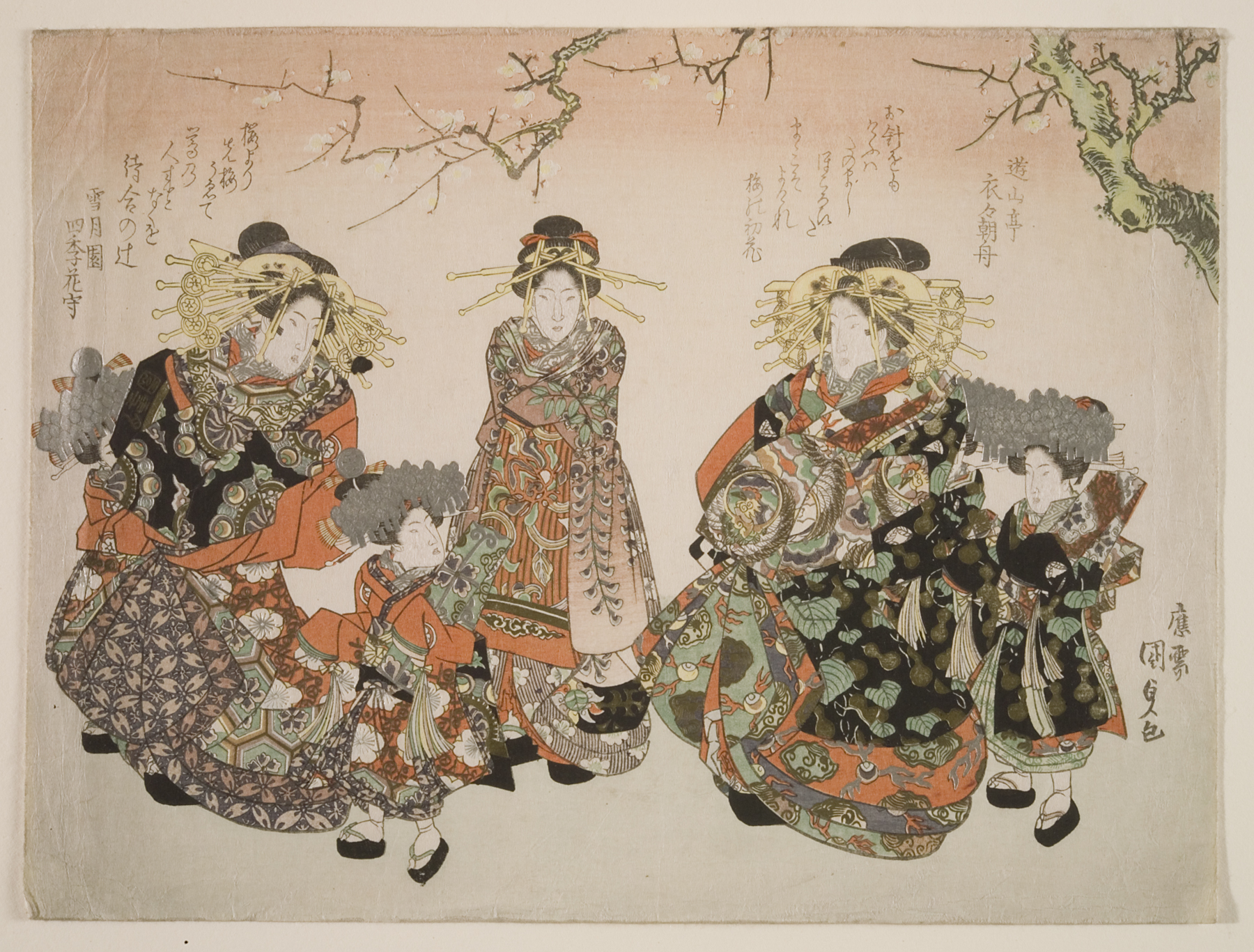


![Gishi yo uchi rannyū no zu [The Night Attack (Scene 11)], Utagawa Kuniyoshi](https://sma-search-api.ku.edu/271eaba00a5896ad7d382f6b3cfa5eeedb2599d8ed4071cc8fc9bad7b36fd308/1928.4012.a,b.jpg)
![Akaguchi [Red Mouth] (5 Shakku, not a good day), Utagawa Kuniyoshi](https://sma-search-api.ku.edu/271eaba00a5896ad7d382f6b3cfa5eeedb2599d8ed4071cc8fc9bad7b36fd308/1968.0001.045.jpg)





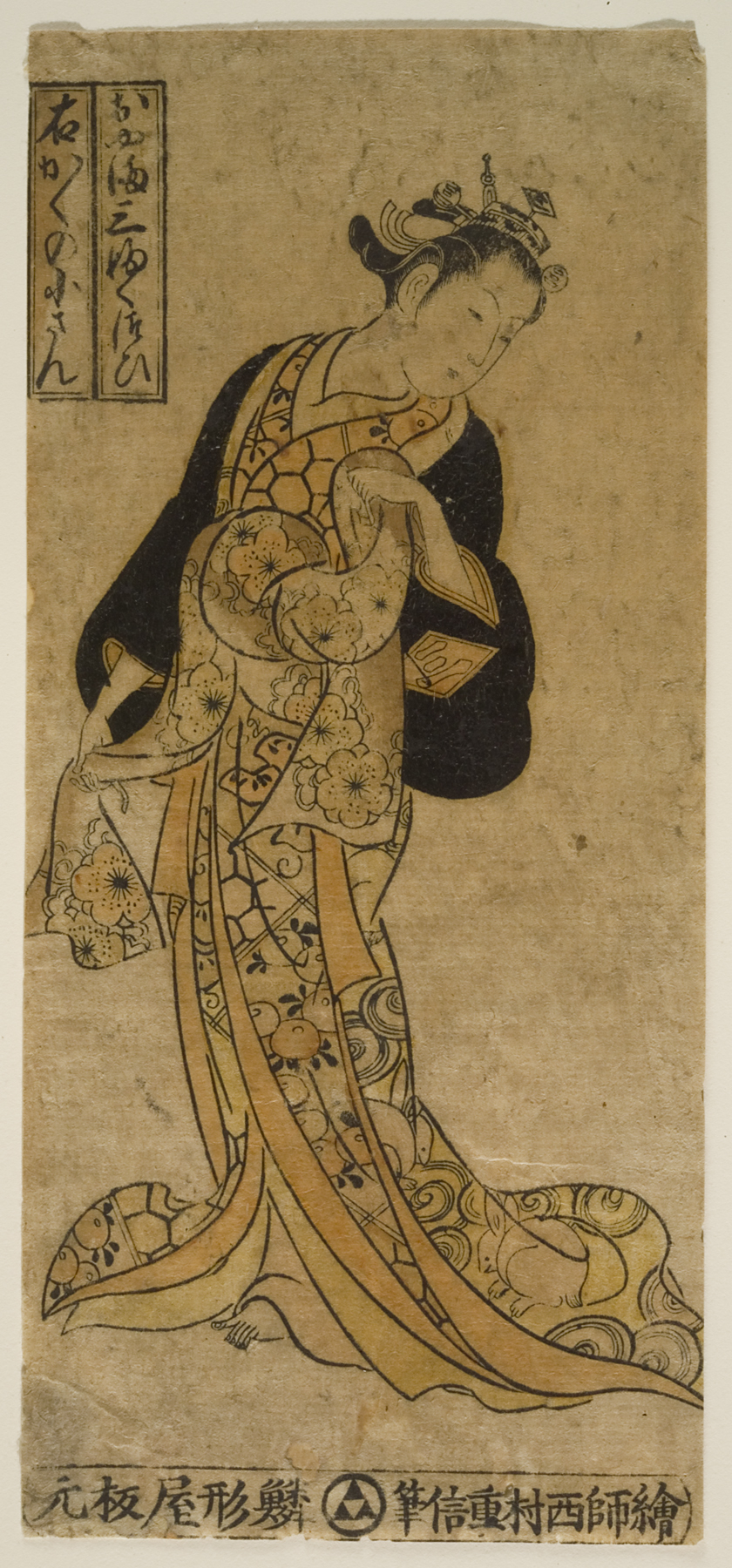
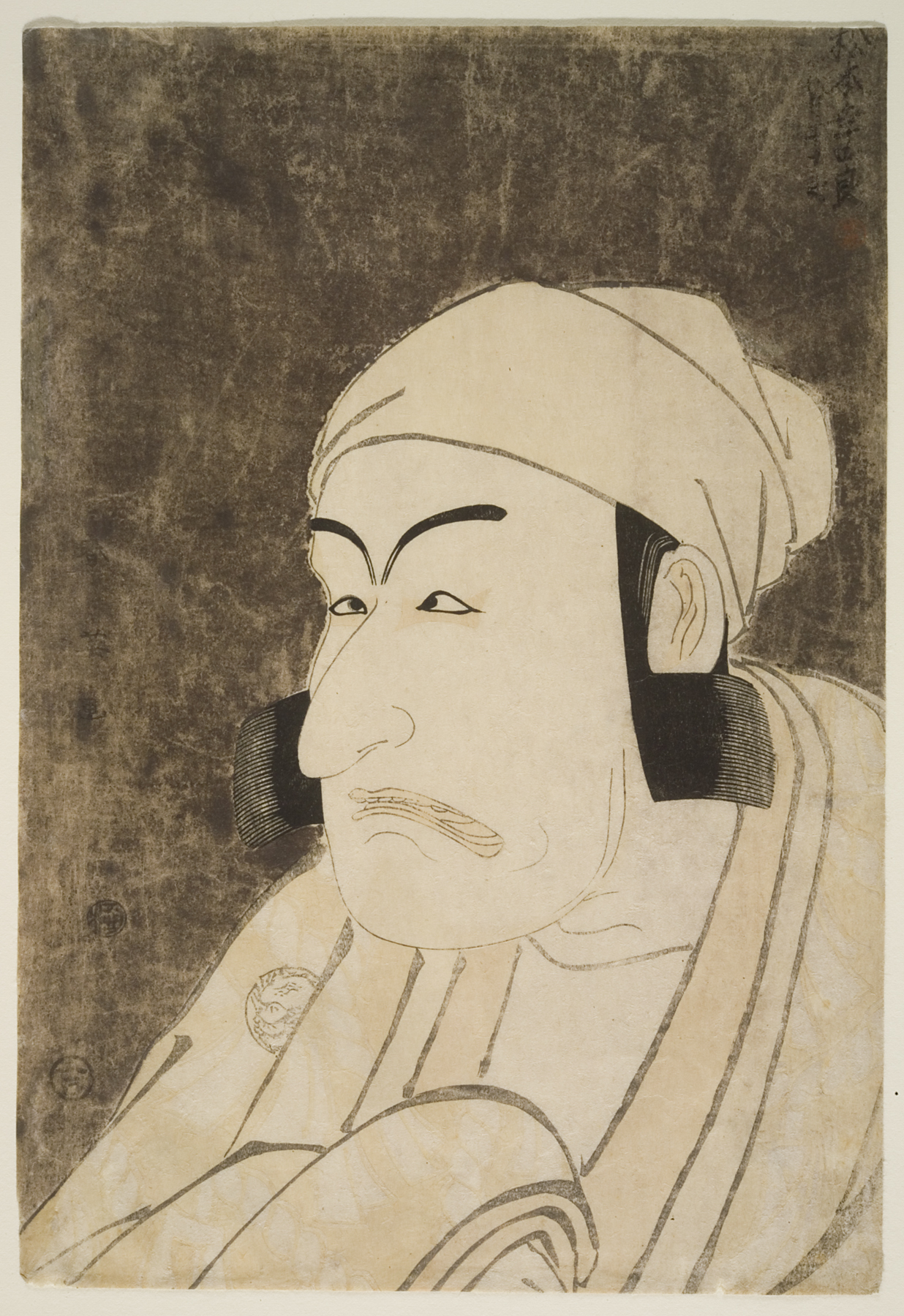

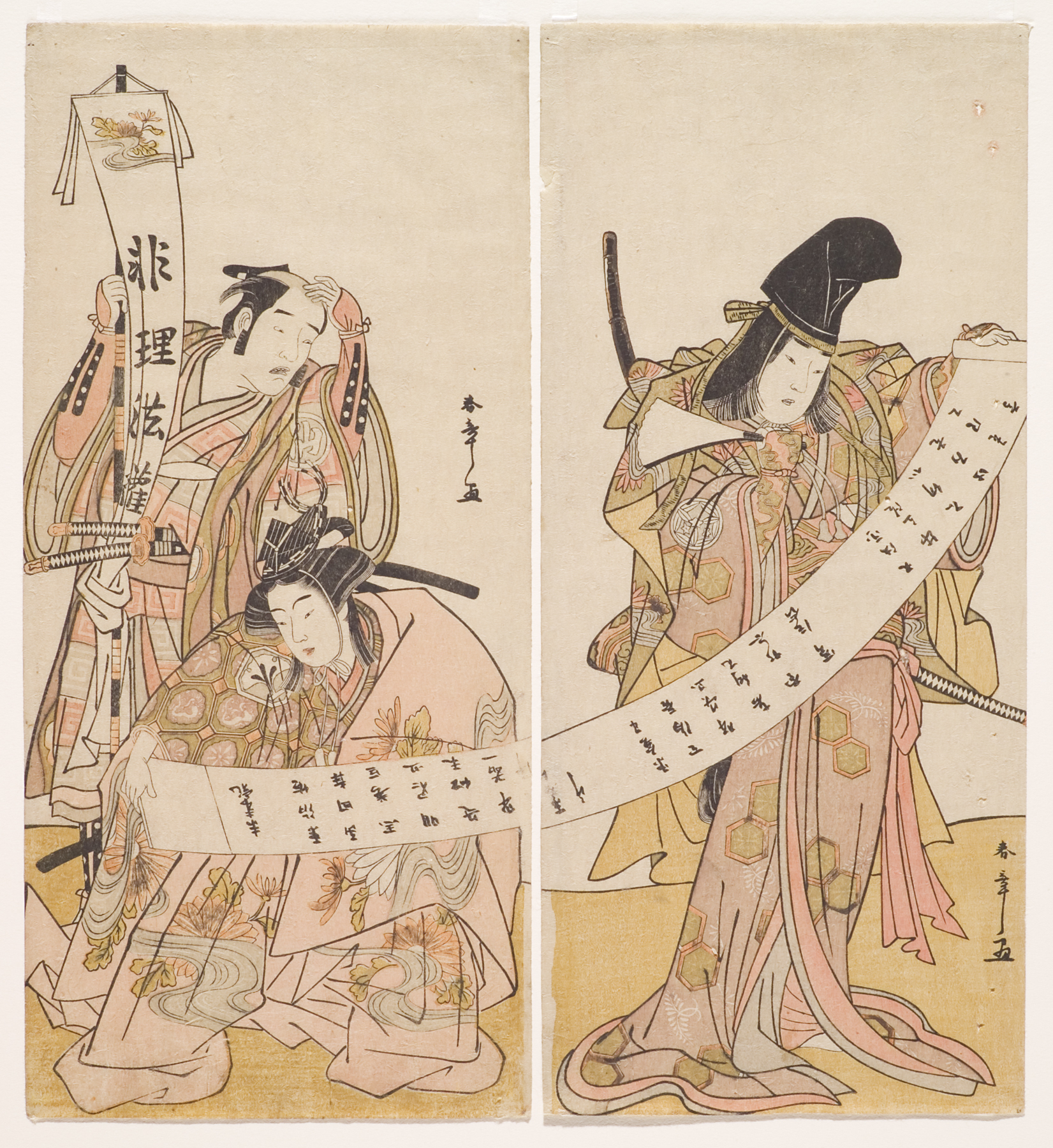
![Tamaya uchi Hanamurasaki Sekiya, Teriha [Hana-murasaki of the Tamaya], Kitagawa Utamaro](https://sma-search-api.ku.edu/271eaba00a5896ad7d382f6b3cfa5eeedb2599d8ed4071cc8fc9bad7b36fd308/1928.7879.jpg)
